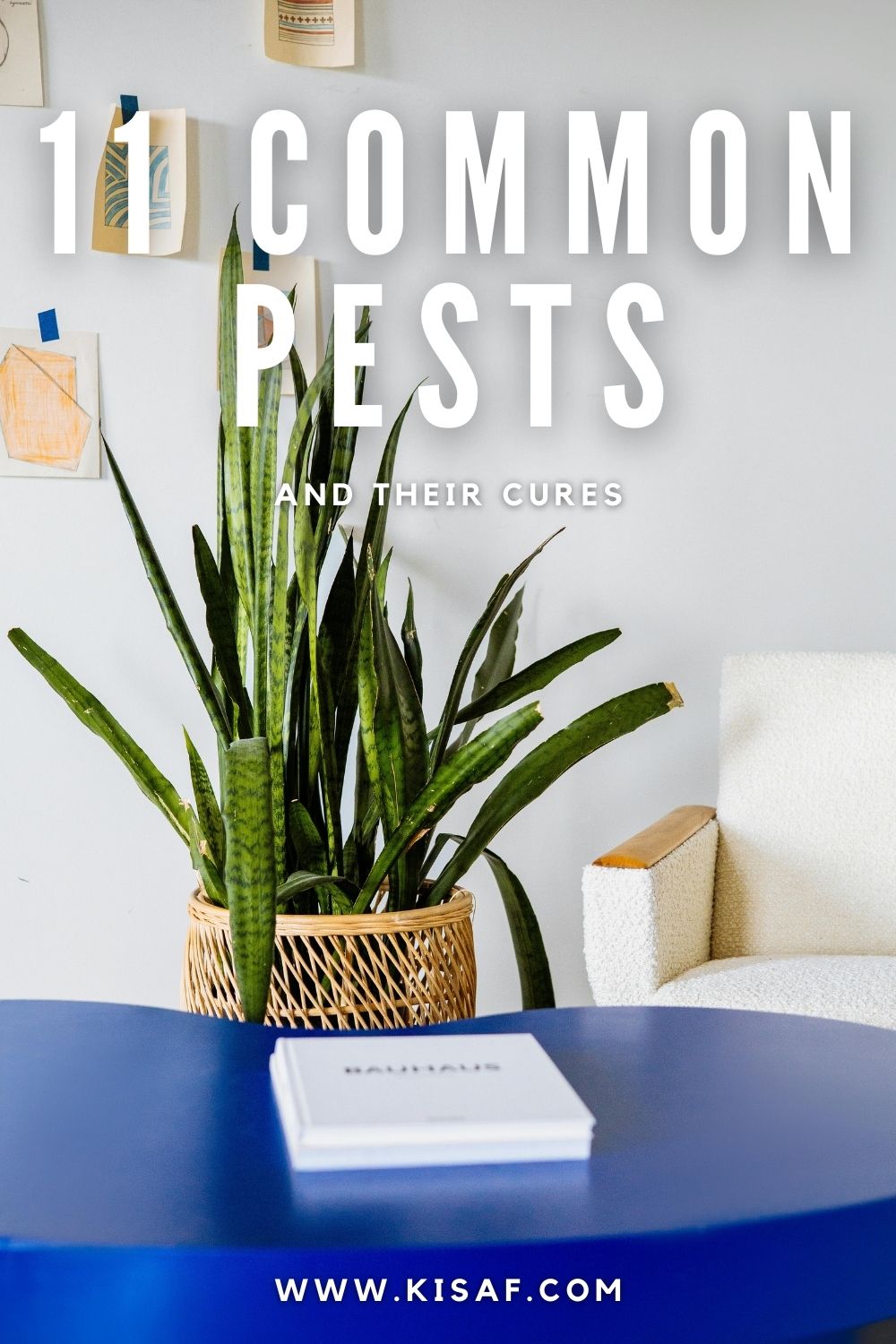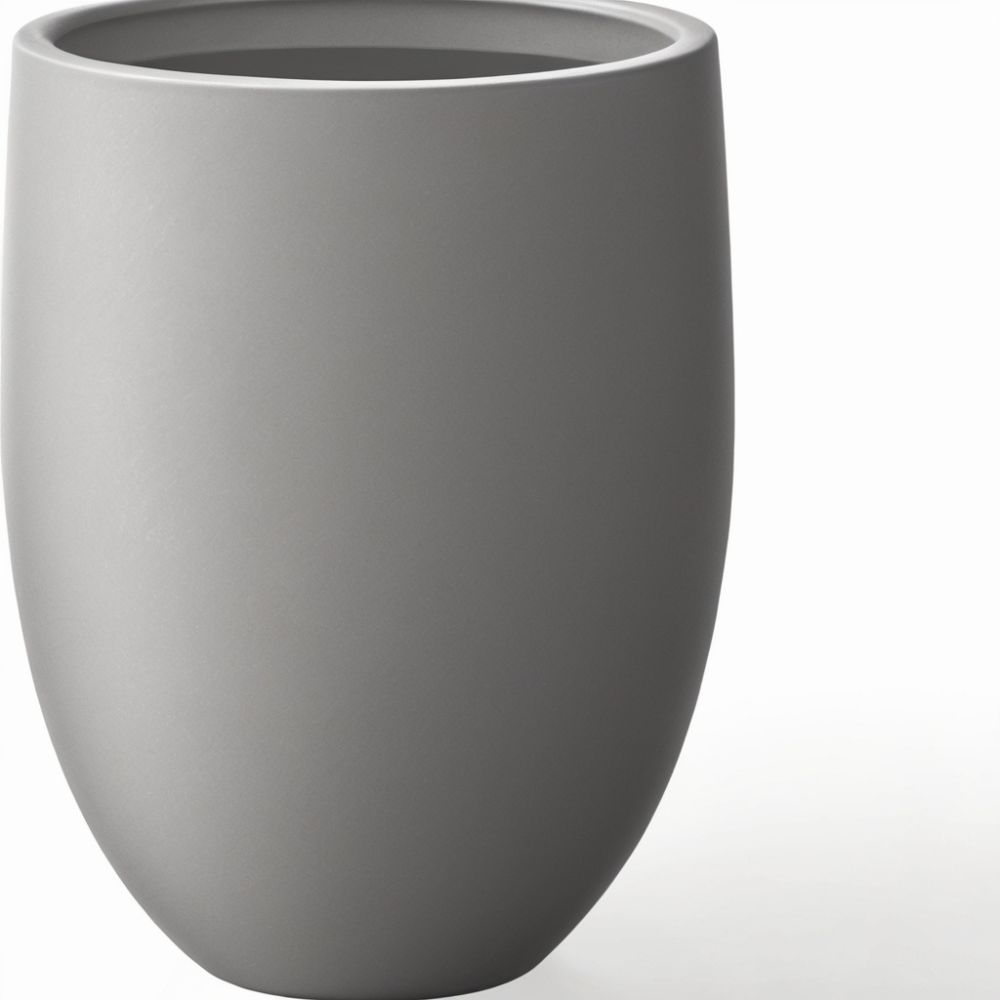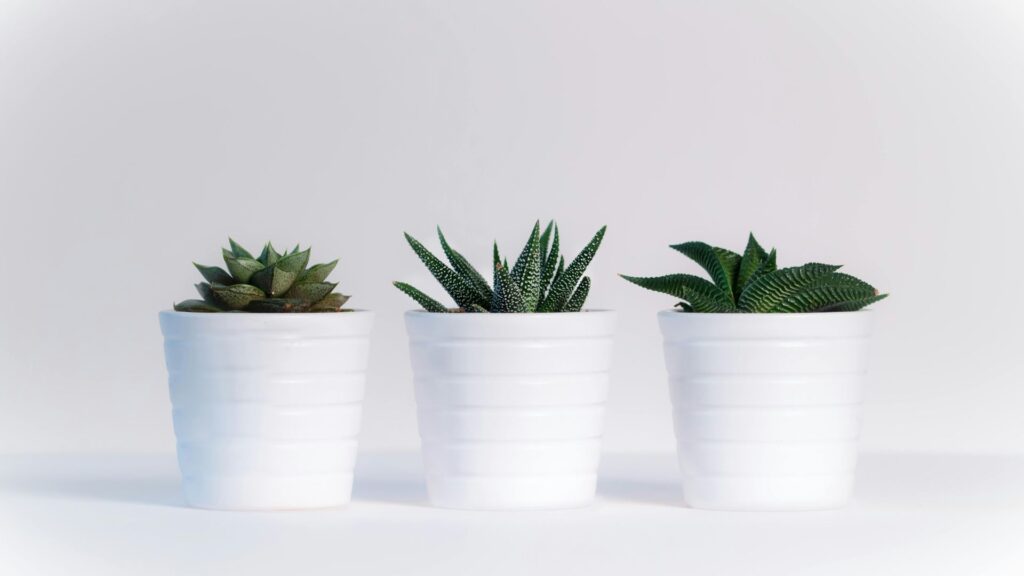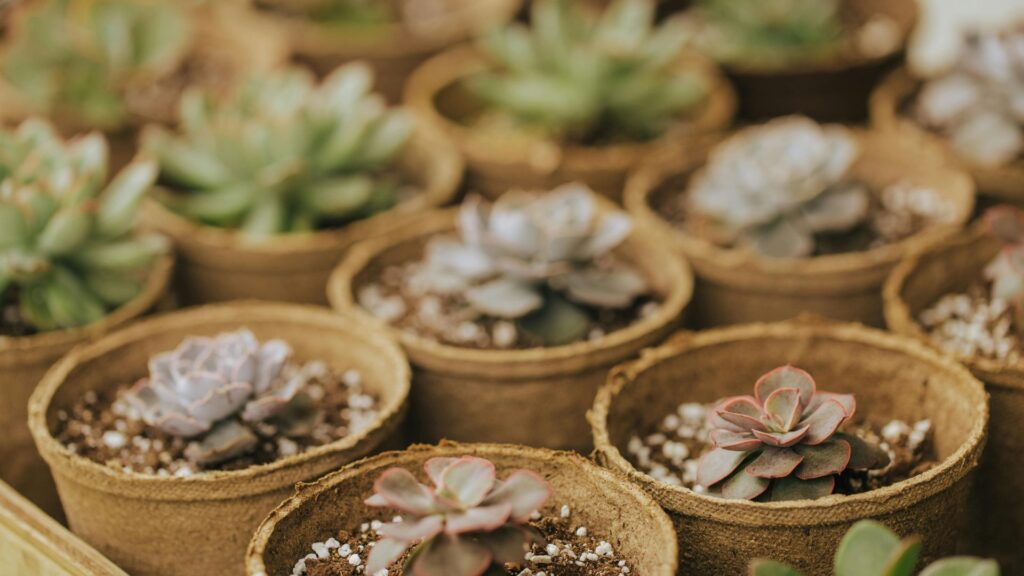Keeping healthy indoor house plants can be a rewarding experience, but due to common pests on indoor plants, this is not easy.
These tiny invaders can cause a lot of damage if not dealt with properly. Here, we’ll explore 13 common pests that are common on indoor plants and discuss effective ways to eradicate them.

Common Pests on Indoor Plants
Below is a list of common pests on indoor plants, and the most common cure for the majority of them is neem oil.
1. Aphids
Aphids are small, pear-shaped insects, they can be found in various colors, including green, black, red, and white. These aphids suck sap from plants, causing leaves to curl and stop growth.
Cure: You can use insecticidal soap or neem oil. Spray on the affected area thoroughly, ensuring to cover the underside of leaves. Repeat the treatment weekly until the problem is solved.
2. Spider Mites
Spider mites, often found in red or brown, form fine webs on the undersides of leaves. When infected the leaves will turn yellow or fall off.
Cure: Increase the humidity around the plants. You can also wipe leaves with a damp cloth regularly and for severe infestations, use miticides or neem oil.
3. Mealybugs
Mealybugs are quite small in size, white in color, cotton-like pests. They also feed on plant sap, causing stunted growth and yellowing leaves.
Cure: Dab mealybugs with alcohol-soaked cotton pieces and again for larger infestations, use insecticidal soap or neem oil.
Amazon Product Recommendation
If you're planning to do indoor gardening then you must a nice concrete pot, so here is one for you.
Disclaimer: Commissions are earned if you make a purchase through these links at no extra cost to you.

4. Scale Insects
Scale insects appear as small, oval bumps on stems and leaves, they can be brown, tan, or white. They too suck sap, leading to yellowing leaves and weakened plants.
Cure: Scrape off scales with a toothbrush and apply horticultural oil or insecticidal soap to the entire plant. Make sure it’s fully covered with the remedy liquid, especially on stems and the undersides of leaves.
5. Fungus Gnats
Fungus gnats are very small, black flies. They lay eggs in damp soil, and their larvae feed on plant roots. This can cause wilting and poor growth.
Cure: Allow the soil to dry out between watering sessions. Use sticky traps to catch adult gnats.
6. Whiteflies
Whiteflies are small, white, moth-like insects, they feed on plant sap, causing leaves to yellow and curl. They also excrete honeydew, which may lead to sooty mold.
Cure: Use yellow sticky traps to catch adults. Spray plants with insecticidal soap or neem oil. Ensure to treat the undersides of leaves where whiteflies congregate.
7. Thrips
Thrips are tiny, slender like insects, they can be yellow, brown, or black. Thrips scrape plant tissues to feed themselves, resulting in silvery spots on leaves.
Cure: Cut off and dispose of heavily infested leaves and, use insecticidal soap or neem oil. For severe infestations, consider introducing beneficial insects like predatory mites.
8. Caterpillars
Caterpillars are the larvae of moths and butterflies, they chew holes in leaves, which can severely damage plants.
Cure: Handpick all the caterpillars off plants. Use Bacillus thuringiensis (Bt), a natural bacterial insecticide. Apply it to the affected areas according to the instructions.
9. Slugs and Snails
Slugs and snails are mollusks that leave slimy trails and chew large holes in leaves.
Cure: Remove them by hand during the evening or early morning and, use barriers like copper tape around pots. Apply iron phosphate baits, which are safe for pets and humans.
10. Root Aphids
Root aphids are pretty similar to regular aphids, but live in the soil and feed on roots. They cause plants to wilt and have poor growth.
Cure: Remove the plant from the pot and wash the roots thoroughly. Repot in fresh, sterile soil and make sure not to give it a transplant shock. Treat the soil with neem oil or insecticidal soap.
11. Leaf Miners
Leaf miners are larvae that burrow into leaves, leaving visible trails or blotches.
Cure: Remove and destroy affected leaves and, use neem oil to deter adult flies from laying eggs. For severe cases, apply systemic insecticides.
Related: 11 Low-Light Air-Purifying Indoor Plants
General Tips for Preventing Pests
- Inspect New Plants: Always check new plants for pests before bringing them inside. Quarantine them for a few weeks to ensure they are pest-free.
- Cleanliness: Keep your plant area clean and, remove dead leaves and debris, which can harbor pests.
- Proper Watering: Avoid overwatering, as it can attract pests like fungus gnats and springtails.
- Good Air Circulation: Ensure good air circulation around plants to reduce humidity and deter pests.
- Regular Inspection: Regularly inspect plants for early signs of pests. Catching infestations early makes them easier to manage.
Natural Remedies and Preventatives
- Neem Oil: Effective against a variety of pests. It disrupts the pest’s lifecycle and is safe for most plants.
- Insecticidal Soap: Kills soft-bodied insects on contact. It’s a good first line of defense against many pests.
- Horticultural Oil: Smothers insects and their eggs. It’s useful for scale and mites.
- Alcohol: Effective for spot-treating pests like mealybugs and scale insects. Use with caution, as it can damage sensitive plants.
- Beneficial Insects: Introduce predatory insects like ladybugs and lacewings. They can help control pest populations naturally.
FAQs About Plant Pests
How can I prevent pests from infesting my indoor plants?
To prevent pests, inspect new plants before bringing them indoors, keep your plant area clean, avoid overwatering and, ensure good air circulation.
What are the best natural remedies for indoor plant pests?
Some effective natural remedies are neem oil, insecticidal soap, horticultural oil, alcohol for spot treatments, and introducing beneficial insects like ladybugs and lacewings.
How often should I treat my plants with insecticidal soap or neem oil?
For most pests, apply insecticidal soap or neem oil weekly until the infestation is under control.
Can I use household items to treat pest infestations on indoor plants?
Yes, you can use household items like alcohol-soaked cotton swabs to dab mealybugs or a damp cloth to wipe off spider mites.
Conclusion
Keeping indoor plants healthy and pest-free requires patience and the right knowledge. By knowing the common pests and their cures, you can enjoy the beauty and benefits of your houseplants without the worry of pests taking over.
Remember to check regularly, act quickly at the first sign of trouble, and use natural remedies whenever possible.


